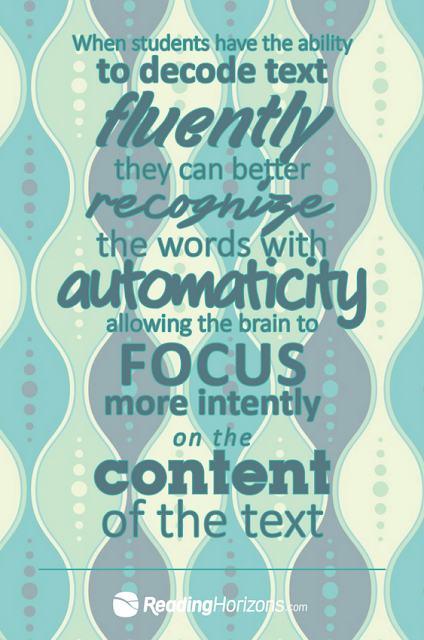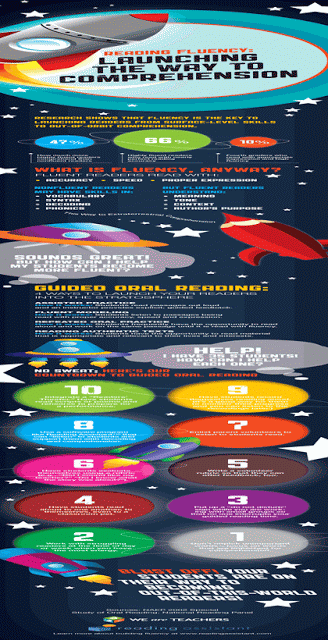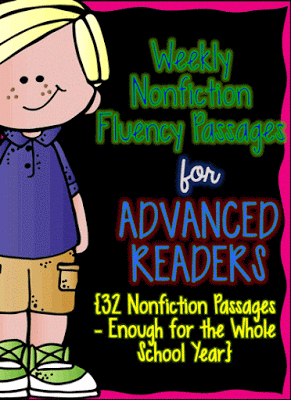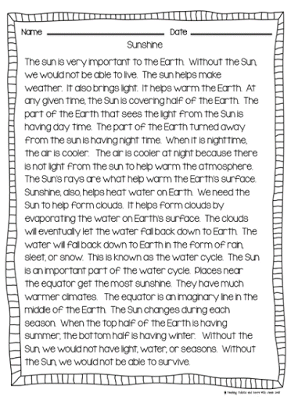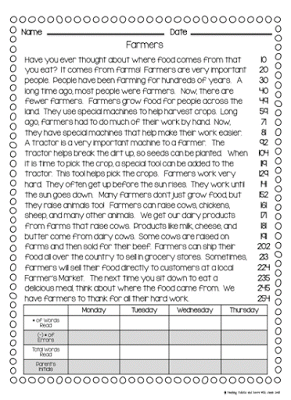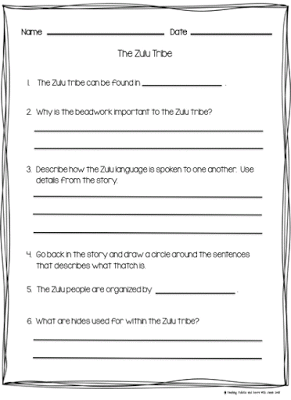I haven’t met one K-3 teacher doesn’t practice fluency on some level everyday in their classroom. In fact, I can honestly say, I haven’t met one K-5 elementary teacher that doesn’t practice fluency on some level everyday. Of course how we practice with our students and what those expectations are change according to what grade level the student is reading on.
Fluency is so important because not only does it build strong readers, it bridges the gap between word recognition and comprehension. When a reader is fluent they can then spend their time focusing on what the text actually means. Research shows that reading fluently is the key to comprehension. I would say this is where I was this past school year with my class, bridging the gap with comprehension. We are leveled at my school. However, this past year my class seemed like a mix level of readers. Some where reading slightly below level, some on level, and some above level. Most of my kiddos had phonics and word recognition down, but where we lacked skills was in comprehension. Let me tell you, these kids could read like there was no tomorrow. Their word count was super high with little errors, but when it came time to retell the story, they would just stare at me with a blank look. Do you know the look I am talking about? Occasionally I would get a few details out of them and then the, “That is all I remember!” line. I knew within the first few weeks of school I had really good readers on my hands, but they just need guidance in comprehension. A lot of the times it wasn’t that they didn’t know the story or understand it {I knew this because when prompted, I could drag out a few details}, it was that they didn’t know how to express their thoughts. Does this make sense? I hope I am not losing you!
We spent the first nine weeks really working on comprehension. We worked as whole group, small group, individually {RTI}. I assigned one fluency passage a week. This passage is separate from our weekly story in our reader. We work on our fluency passage Monday – Thursday. They also took it home and their parents would time them for a minute each night. Then the words are recorded and they retold what they have read to their parents. We worked on going back in the text and highlighting important details in one color, then the main idea in another color. We worked on starting off retelling the story by focusing on stating the main idea. For example, when it was time to retell a story orally I had the students say, “The story is mostly about ____”. Just by having them make this statement at the very beginning of their retell increased their comprehension tremendously.{This was a tip that was given to me by my curriculum coach}. We dug deep on main idea and supporting details. As a matter of fact, when DIBELS came around in the middle of the year, the class as a whole had improved on their comprehension dramatically. We also worked on transferring those oral statements down into written statements for pencil and paper test. I wanted my students to be able to write the main idea, then be able to support their answer with details from the story. We used many other tips and tricks to help with fluency throughout the year too!
The tricky part was engaging my advance readers. Do you notice that sometimes the high kiddos are the ones that get bored the easiest and need the extra push? Just because my advanced readers were, well ADVANCED, they still were second graders, and they still needed to practice fluency with comprehension. So, I started working on trying to find nonfiction fluency that would interest them, but would also challenge them {they informed me they were tired of reading “baby stories”}. I could not find any in my series, so I decided to create my own. With a little help from my coworker we created our on fluency set for Advanced Readers. It ranges from 2nd grade all the way to 5th grade. We set it up so we could practice it during our RTI time or send it for weekly homework. There are also comprehension questions for each story. The questions range from discussion, listing, drawing conclusion, fact and opinion, illustrating, multiple choice, and much more. I wish I would have had this created at the beginning of the year. It was a work in progress that we started on in February and worked on as we went. I finally finished it about a week ago. I could not have done it without my sweet friend. There was a lot of research and editing involved to make sure we were reaching the fluency/comprehension needed for advanced readers. However, even though it is geared for advanced readers, I did notice that many of my on or below level second graders were able to read and comprehend the passages at the end of the year. I don’t think they would have been able to do this at the beginning of the year without help and practice {remember it is geared toward advanced readers}. I can’t wait to use it next year, because my upcoming group is suppose to be high average to high. Fluency is so important to me. I want all of my students to be successful readers.

